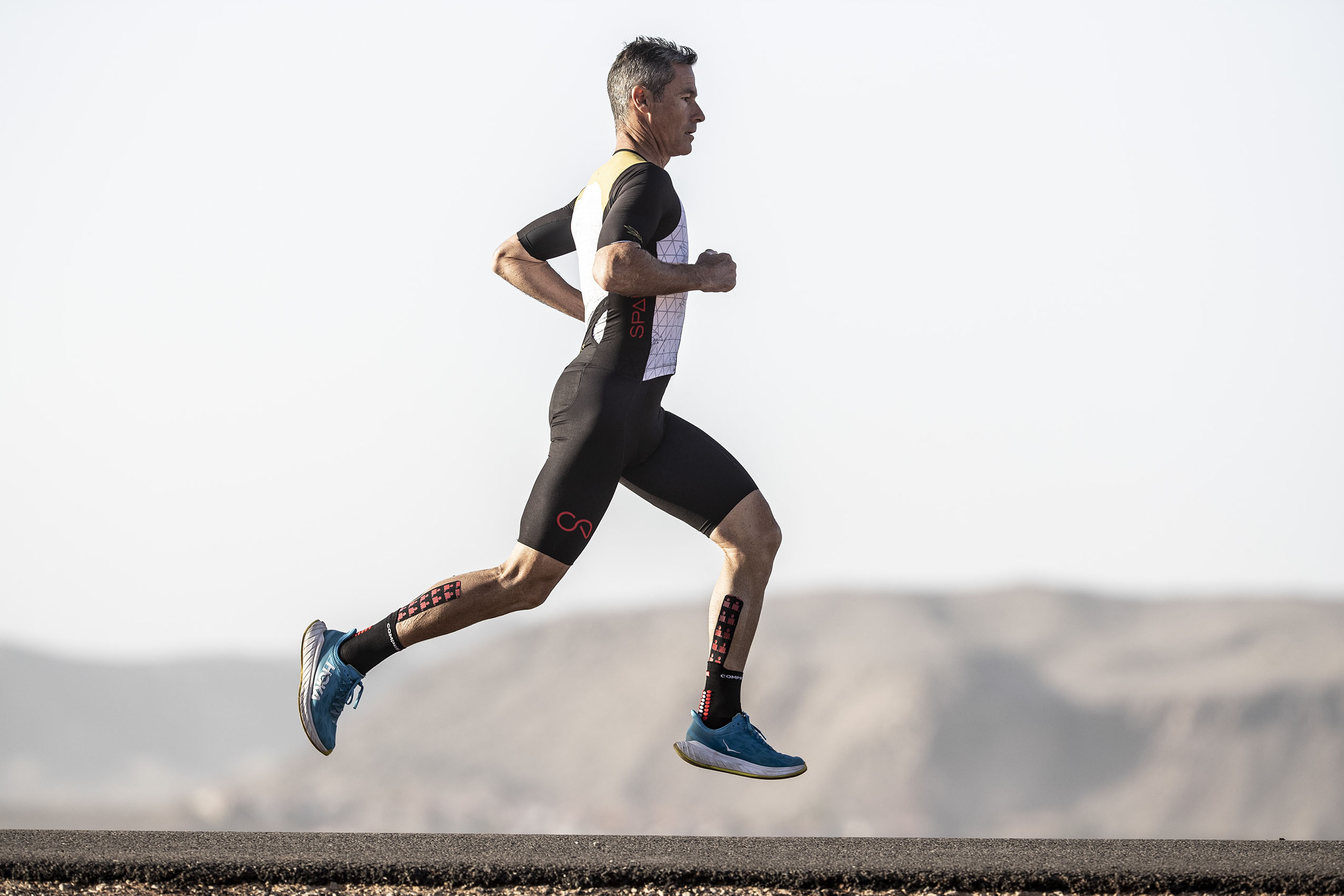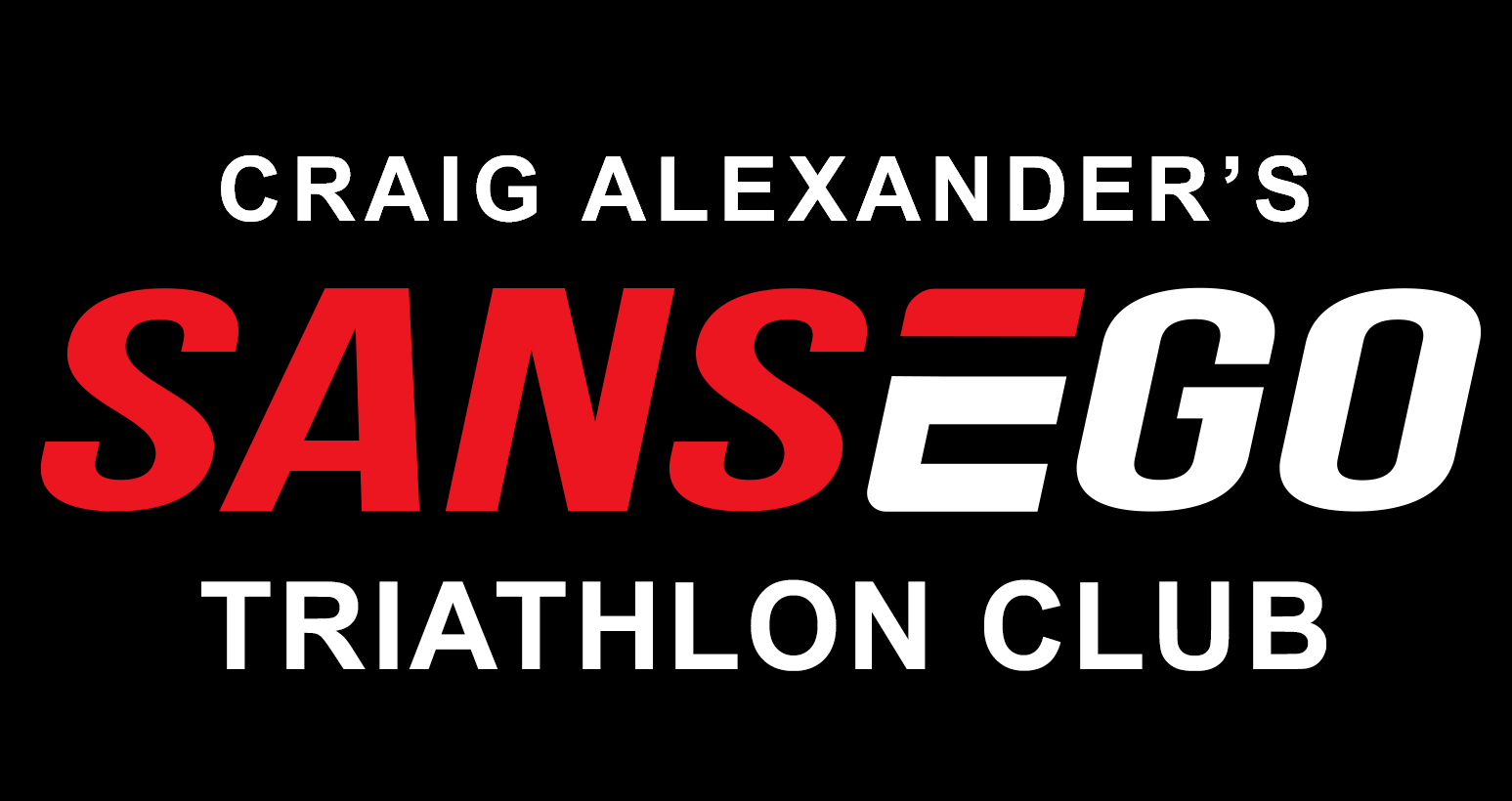Training for Race Pace
Training for Race Pace

When preparing for an important triathlon, it’s vital that your run training speeds are realistically calibrated to your target race pace. Dialing into the proper running pace can be tricky and sometimes frustrating. This article will help.
When I was prepping for my major events, everything was based off my then-current threshold pace (remember, threshold pace will change throughout the year as your fitness ebbs and flows).
Begin with LT
Threshold pace reflects your lactate threshold (LT). LT is the tipping point where your body can no longer sustain the effort through aerobic metabolism alone and starts producing energy without oxygen (i.e., anaerobically). One of the byproducts of anaerobic respiration is an excess of lactic acid. If your running intensity goes above your LT, you’ll no longer be able to “clear the lactate” and -- to use a scientific term -- you crash and burn!
But, if you know what pace you can sustain that comes right up to – but does not exceed – your LT, then we can calculate the optimal target speed for your longer races.
While most accurately determined in a sports science lab, there are other practical ways to estimate lactate threshold in the real world. It turns out that your threshold pace is very close to the fastest pace you can hold for one hour. For most of us, that can be gleaned from a recent 10km or 15km road race or time trial.
Estimate Your Race Target Pace
If my next event was an important IRONMAN 70.3, then I’d plan for my race pace to be 10% slower than my LT pace. For most age group triathletes, I recommend that you begin with a target pace that’s 15% slower than your threshold speed.
Similarly if I was preparing for a full-distance IRONMAN, then my estimated race pace would be approximately 20% slower than my LT speed. For most of you, aim to hit a training pace that is 20-25% slower than your LT.
Now that we’ve approximated our target race pace, let’s look at how we use these numbers to optimize our training.
Training to Improve LT and Race Pace
Once your target race pace is in hand, we can apply it to your training.
We all want faster run splits in our races. An effective path to that goal is to ensure we can sustain our target race pace for the entirety of the run. If we fortify our aerobic endurance, then it’s more likely we can prevent a decay in speed during the latter portion of the run and finish strong.
To achieve this objective, my go-to run workouts were threshold interval sessions. These workouts remain a staple for the athletes who train with me in the Sansego Tri Club.
We aim for 20-30 minutes of total accrued time at 85-90% of LT speed, chunked into a handful of intervals.
Depending on your energy level on the day, your main set could be 5x 5 min, 8x 3 min, or 6x 4 min. In all cases the rest interval is a “float” run at 70% of target race pace.
Your goal is always to run each interval evenly, smoothly and at as close to the same speed as possible.
Sample Workout
Here’s an example of an actual session from our training group:
Warm-up: 15 min build to Zone 2
Main Set: Repeat 5x:
5 min at 90% of Lactate Threshold Pace (LT)
2.5 min Float (F) which is 70% of Race Pace (RP)
Cool Down: 15 min easy
This 65-minute session offers many benefits. With an intensity of slightly less than LT, risk of injury is reduced, recovery is shortened and the training adaptations needed for a great race are still being delivered.
Perform one of these threshold interval workouts once a week during the 8 weeks prior to your “A” race, and you’ll be delighted with the result!
Managing Intensity
The key to successfully executing these workouts – and reaping their benefits -- is to diligently maintain the prescribed speeds throughout each interval.
I usually trained according to RPE (Rate of Perceived Exertion). I believed that “running by feel” gave me great insight into my body’s signals on pacing and effort. Admittedly, RPE might not be the best method for everyone.
Today there are many excellent tools available like GPS watches. By using them you can be precise in your pacing from the very first session.
Craig “Crowie” Alexander is a 5x IRONMAN World Champion, former Kona course recordholder and 12x Australian champion. Since founding the Sansego Triathlon Club in 2014, he has guided over 7,100 athletes to faster performances.
